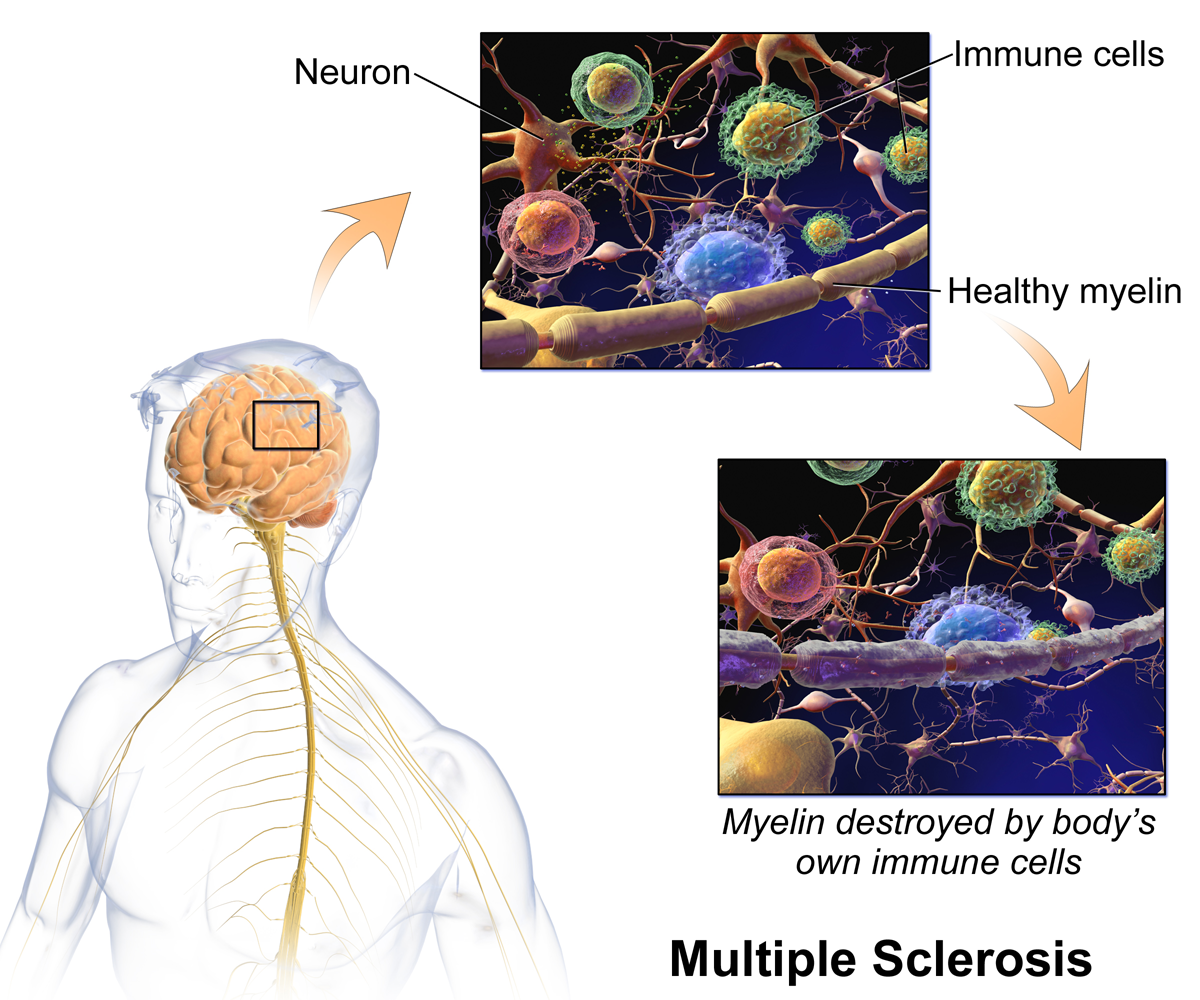Multiple Myeloma Life Expectancy

Multiple Myeloma
I’ve done a lot of informal research on multiple myeloma life expectancy. My aunt, with whom I was very close, died from multiple myeloma, and several years ago, I was diagnosed with MGUS. I’ll explain more about that later. Since MGUS is often a precursor to the cancer, you can easily understand my interest in the multiple myeloma survival rate, as it might very well directly affect me at some point in the future. I’ve read reams of information, and I’ve spoken with several doctors, PAs, and nurses. Here, I’m sharing with you what I’ve learned about multiple myeloma life expectancy.
What is Multiple Myeloma
Before I go any further, I need to answer the question – What is multiple myeloma? It’s a type of cancer that affects plasma cells in the blood. Everyone has plasma cells, which create antibodies. With multiple myeloma, however, the plasma cells get “out of whack,” so to speak. They proliferate in the bone marrow, crowding out normal, healthy blood cells. With MM, an abnormal cell begins cloning itself, and the resulting cells make antibody proteins called “paraproteins” or “M-proteins.” The “M,” by the way, stands for “monoclonal.”
So what do these M-proteins do to your body? For one thing, they can prevent your producing normal red blood cells. For another, they can cause “holes” in your bones, known as lytic lesions. This cancer can also cause renal failure. Furthermore, MM affects the immune system, so people who have the disease can’t fight off infections they way healthy people can. Pneumonia is probably the most persistent infection that MM patients will have to battle.
What is Multiple Myeloma?
MGUS
MGUS stands for monoclonal gammopathy of undetermined significance. I was diagnosed with MGUS several years ago, via a routine blood test. I had no idea what the condition was, but I found out more when I was referred to a hematologist-oncologist. The way he explained it to me was that I have multiple myeloma cells in my blood, but I don’t have enough for an MM diagnosis. I also don’[t have enough of the harmful cells to cause any symptoms…yet.
I say “yet” because my “bad” numbers keep rising. I have to go for blood work every six months. Each time I go, my number of paraprotein cells has increased. I had a bone marrow biopsy and aspiration performed a few months ago, which revealed clonal plasma cells in my bone marrow. Many oncologists say 10% suggests multiple myeloma, and my level was between 5 and 10%.
Someone with MGUS is much more likely to develop MM. According to research and to my oncologist, I have about a 2% chance a year of having cancer. That might not sound like much, but consider this: I was diagnosed at the age of fifty, and if I live for twenty-five more years, my chances of developing MM are 50%. That’s not too reassuring, especially considering my family history with the disease.

Smoldering Myeloma
Like many other cancers, multiple myeloma is described in stages, according to the seriousness of the disease and its symptoms. In an ascending scale, these are the stages:
MGUS
Smoldering multiple myeloma
Stage I
Stage II
Stage III
I’ve already explained MGUS, so I’ll move on to smoldering multiple myeloma. With smoldering myeloma, patients basically have MM, but they might not have any symptoms of the disease, and they don’t usually have the harmful effects, either, like bone lesions, anemia, and damage to the kidneys. Smoldering multiple myeloma patients don’t have severely compromised immune systems, either, so they aren’t prone to serious infections like those with active MM are.
If you have smoldering myeloma, the disease grows slowly, but you have a significant chance of developing active MM. Your chances of smoldering multiple myeloma progressing to MM are about 10-20% a year. If you’re not experiencing symptoms or damage, your physician might put off treatment.
Multiple Myeloma Treatment:
Multiple Myeloma Survival Rate
The multiple myeloma survival rate depends on several factors. These include the stage of the cancer, the treatments that are received, the race and gender of the patient, the type of paraprotein involved, and the patient’s age and overall health. With regular multiple myeloma treatment, the symptoms can be at least partially relieved, and you might very well survive for three or four years or longer.
According to the International Staging System, the median survival rate for patients in Stage I is just over five years. The rate for patients in Stage II is almost four years. The multiple myeloma survival rate for patients with Stage III is about 2 ½ years.
Standard multiple myeloma treatment includes radiation, chemotherapy, and steroids. The median multiple myeloma survival rate with such treatments is about three and one-half years. If more aggressive treatment options are used, the median multiple myeloma survival rate increases by several years. These treatment options include autologous stem cell transplants, allogeneic stem cell transplants, and syngeneic stem cell transplants.
With an autologous stem cell transplant, your own cells are harvested and stored. After the harvest, you’ll receive chemotherapy. The cells will then be replaced in your body. With an allogeneic stem cell transplant, a donor with matching cells provides the stem cells. If you have an identical twin, you might be able to have a syngeneic stem cell transplant, using healthy cells from your sibling.
Unfortunately, there’s not a cure yet for MM. occasionally, an MM patient will go into remission, but the remission rarely lasts. Aggressive multiple myeloma treatment, however, can increase the quantity and the quality of your years.
Multiple Myeloma Life Expectancy - Hope:
Multiple Myeloma Life Expectancy
Multiple myeloma life expectancy has greatly increased over the past decade or so. My aunt died in May of 2001, just ten months after her first symptoms. She moved in with her daughter in Atlanta in order to receive treatment. Her personal goal was to survive until her granddaughter got married, which she did. She died the day after the wedding. I think sheer willpower allowed to hang on until then.
Remember that the figures quoted on multiple myeloma life expectancy cite the median. Your individual case could be much different. For example, my daughter, who’s a nurse, has a patient who has had the cancer for over eleven years. He had a stem cell transplant. Surprisingly, this man was doing very well the last time my daughter saw him.
Multiple myeloma is a terrifying diagnosis. Heck, just having MGUS scares me. Keep in mind, however, that in many cases, MM isn’t the quick death sentence that it once was. New treatment methods, including drugs, are extending the lives of patients and making them more comfortable, allowing them to live a more normal life. Some exciting research is also occurring, which might discover a cure for multiple myeloma. With all these studies and clinical trials, multiple myeloma life expectancy will most likely get longer and longer.








